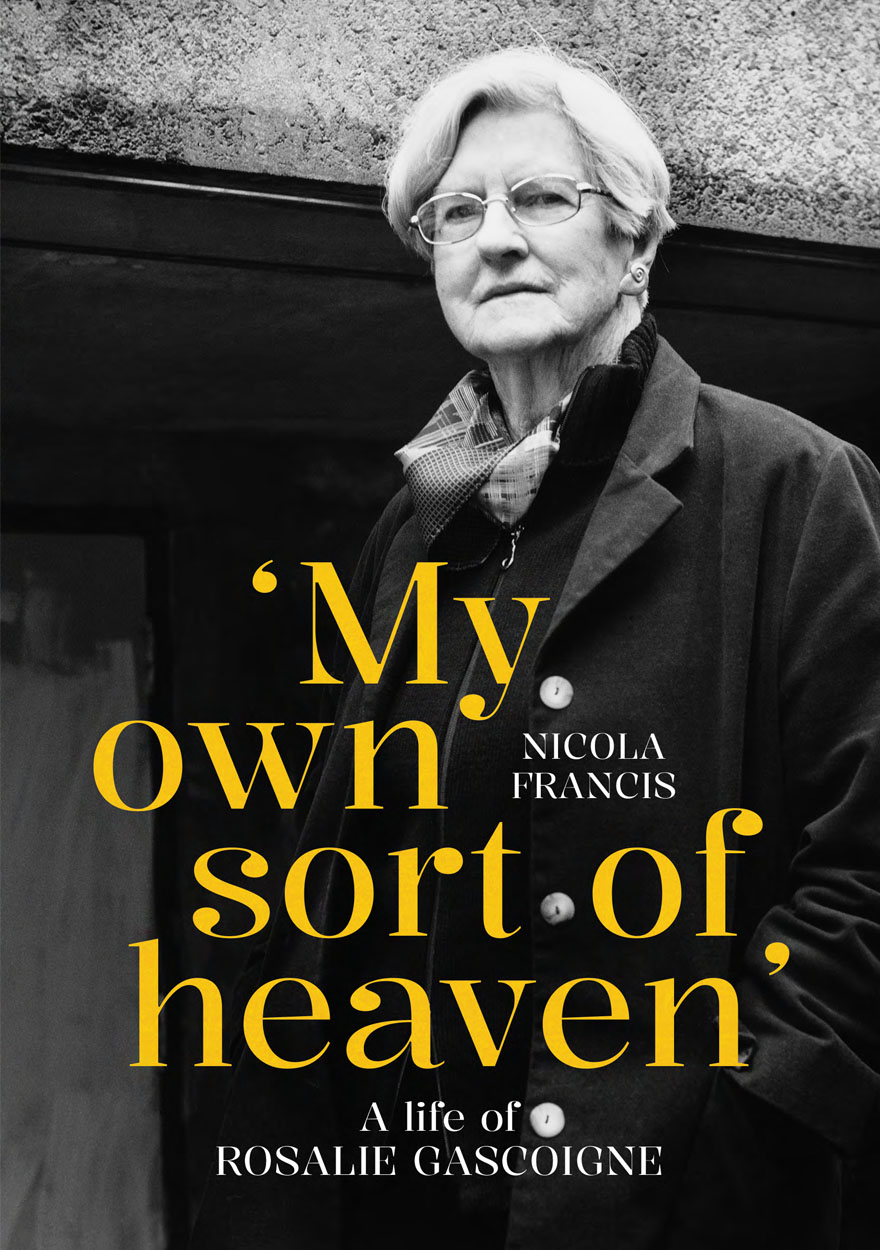Schumann and music’s ‘grandest species’ (Sydney Symphony Orchestra)
It was refreshing, to say the least, that two sets of concerts given by the Sydney Symphony Orchestra in the Opera House in mid-February had the symphonies of Robert Schumann as their theme. With two symphonies assigned to each program it was possible in less than a week to hear the entire standard representation of Schumann as a symphonist. The refreshing elements in this plan included its escape from programming formulas and its reflection of the evidently genuine wish of David Robertson, the SSO’s chief conductor and artistic director, to demonstrate that the current representation of Schumann’s symphonies in orchestral concerts understates their worth.
Continue reading for only $10 per month. Subscribe and gain full access to Australian Book Review. Already a subscriber? Sign in. If you need assistance, feel free to contact us.














Leave a comment
If you are an ABR subscriber, you will need to sign in to post a comment.
If you have forgotten your sign in details, or if you receive an error message when trying to submit your comment, please email your comment (and the name of the article to which it relates) to ABR Comments. We will review your comment and, subject to approval, we will post it under your name.
Please note that all comments must be approved by ABR and comply with our Terms & Conditions.